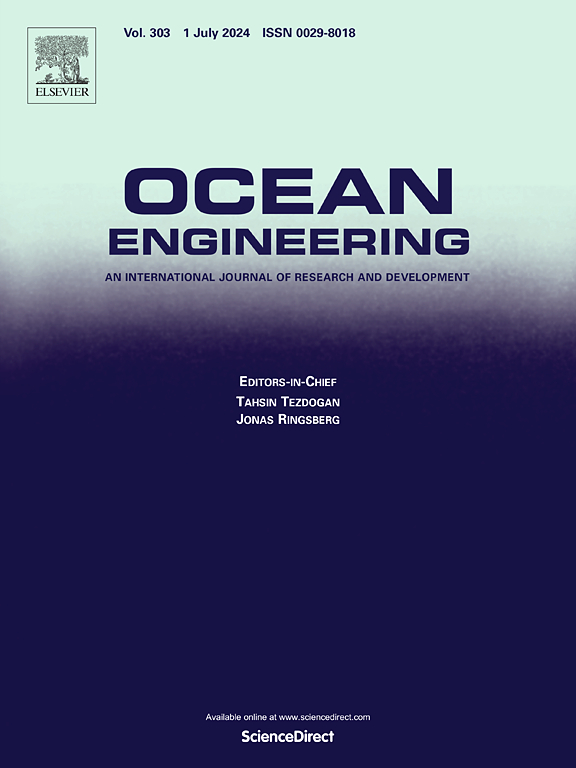Passive control of vortex breakdown on slender delta wing using control bump and cavity at low Reynolds number
IF 4.6
2区 工程技术
Q1 ENGINEERING, CIVIL
引用次数: 0
Abstract
Vortex breakdown and stall are frequent occurrence on delta wings which have prompted the development of various methods to improve stability and manoeuvrability of vehicles equipped with such wings. This study investigates an in-house developed slender delta wing modified with bump and cavity geometries, examined through Reynolds-averaged Navier-Stokes (RANS) method at a Reynolds number of . The modifications were applied to the suction side of the wing to analyse their effects on vortex breakdown and flow morphology. Results indicate that the bump geometrical modification alters the streamline patterns, shifting the location and structure of vortex breakdown downstream and causing drag reduction of up to 20 % in certain configurations. Although these modifications don't significantly increase the lift force, they effectively reduce the drag force in certain configurations by relocating the breakdown formation further downstream and higher up above the wing surface. The reduction in the drag force by the bump modification leads to an improvement in the aerodynamic efficiency, which translates to a reduction in fuel consumption and greenhouse gas emissions. In comparison, the cavity modification causes the formation of a vortex trap area, which moves the vortex breakdown closer to the suction surface of the wing.

求助全文
约1分钟内获得全文
求助全文
来源期刊

Ocean Engineering
工程技术-工程:大洋
CiteScore
7.30
自引率
34.00%
发文量
2379
审稿时长
8.1 months
期刊介绍:
Ocean Engineering provides a medium for the publication of original research and development work in the field of ocean engineering. Ocean Engineering seeks papers in the following topics.
 求助内容:
求助内容: 应助结果提醒方式:
应助结果提醒方式:


